




Did you find this useful? Give us your feedback




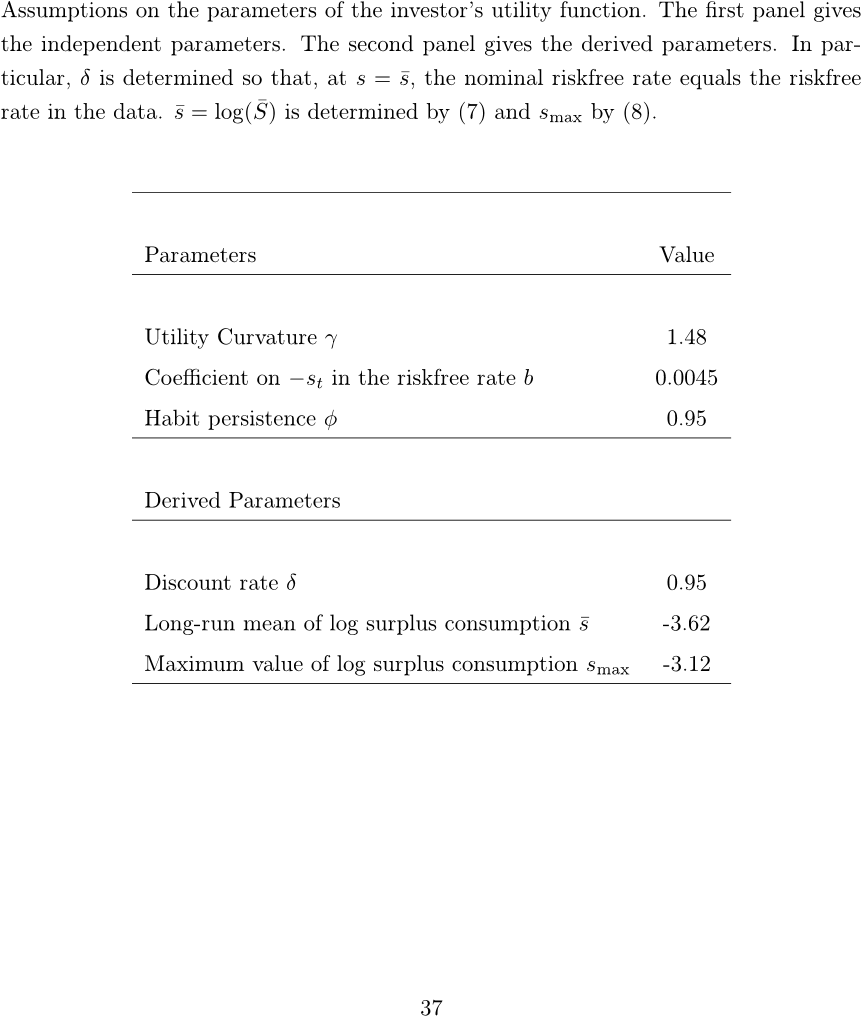
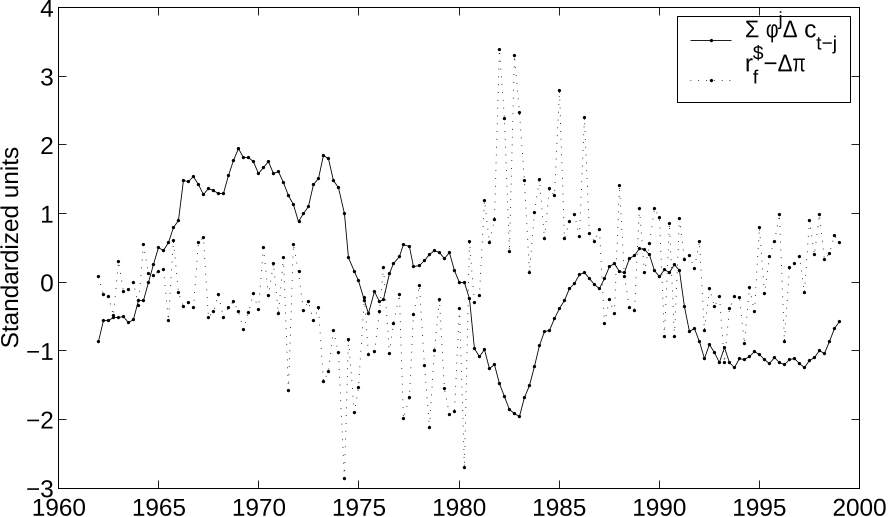

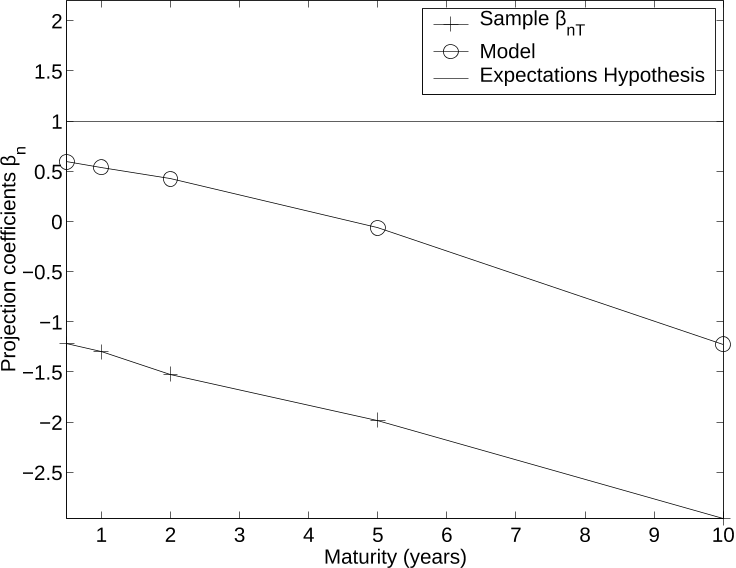
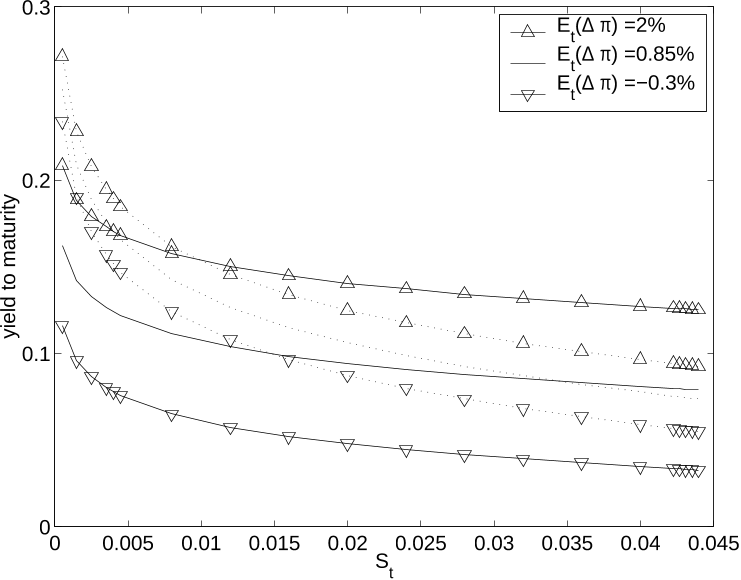

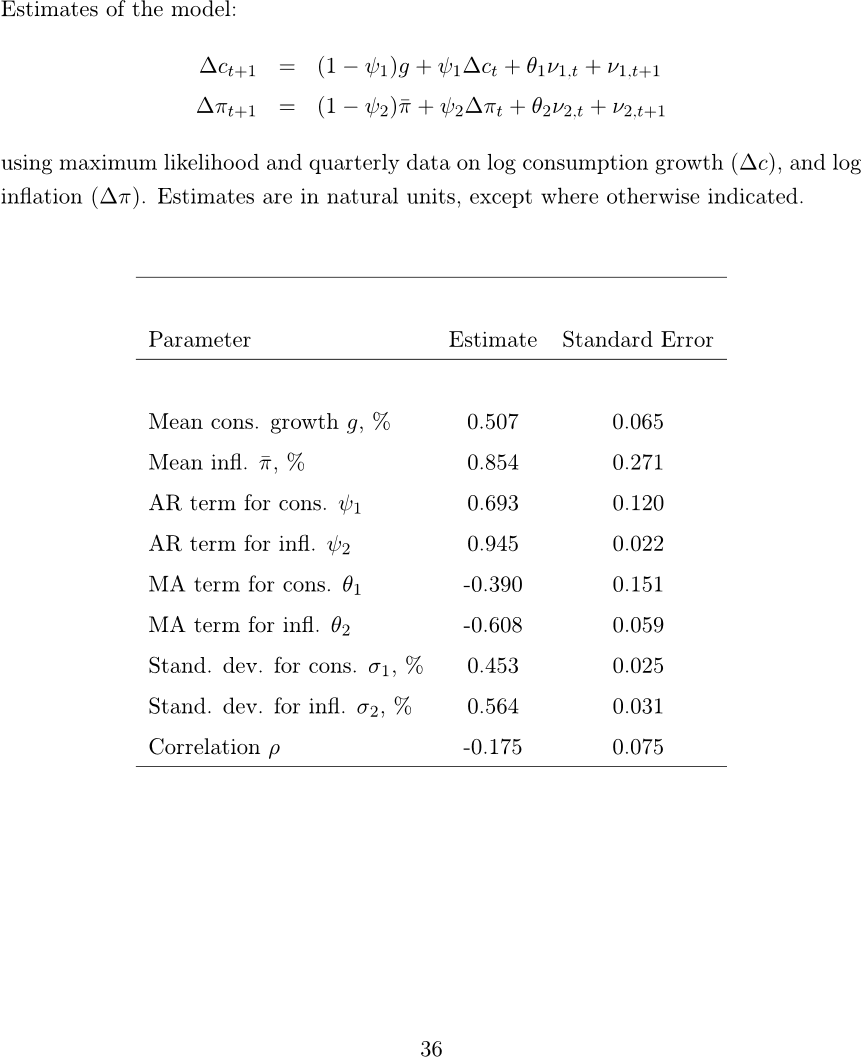
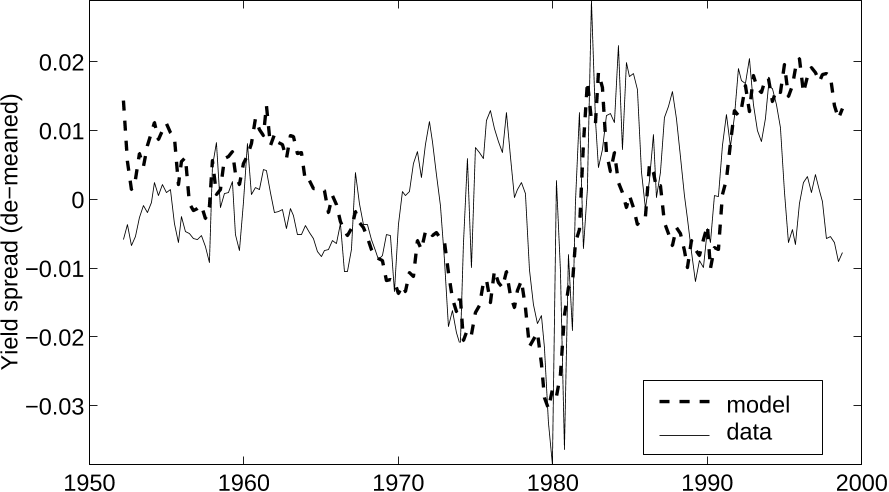
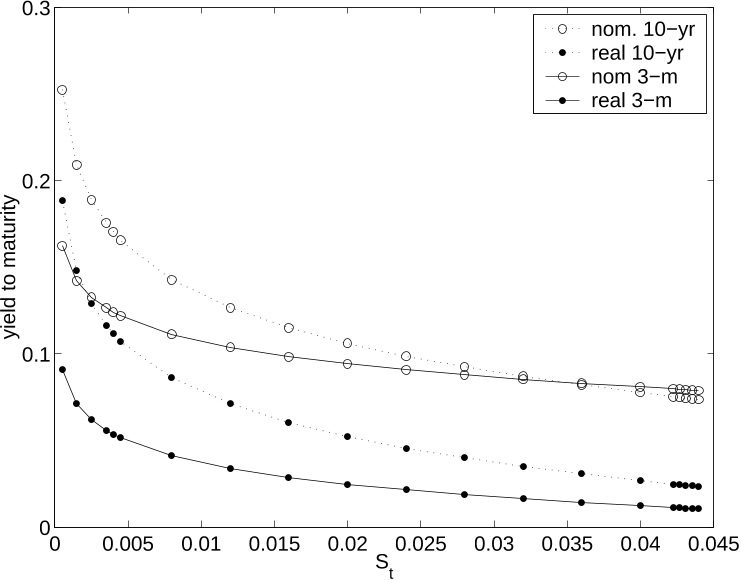





20 citations
...These observations are consistent with economic theories and models in which investors require compensation for bearing business cycle risk (e.g., Campbell and Cochrane (1999), Wachter (2006), and Buraschi and Jiltsov (2007))....
[...]
...Moreover, modern asset pricing models, such as those discussed in Campbell and Cochrane (1999), Bansal and Yaron (2004), Wachter (2006), Buraschi and Jiltsov (2007), and Bansal and Shaliastovich (2013), argue that investors are concerned about the future state of the real economy and require…...
[...]
19 citations
19 citations
18 citations
18 citations
10,019 citations
...In addition, results available from the author show that price–dividend ratios have the ability to predict excess returns on equities, just as in the data (Campbell and Shiller, 1988; Fama and French, 1989), and that declines in the price–dividend ratio predict higher volatility (Black, 1976; Schwert, 1989; Nelson, 1991)....
[...]
...…from the author show that price–dividend ratios have the ability to predict excess returns on equities, just as in the data (Campbell and Shiller, 1988; Fama and French, 1989), and that declines in the price–dividend ratio predict higher volatility (Black, 1976; Schwert, 1989; Nelson, 1991)....
[...]
7,014 citations
6,141 citations
...Thus, the model can fit the equity premium puzzle of Mehra and Prescott (1985)....
[...]
4,110 citations
...In addition, results available from the author show that price–dividend ratios have the ability to predict excess returns on equities, just as in the data (Campbell and Shiller, 1988; Fama and French, 1989), and that declines in the price–dividend ratio predict higher volatility (Black, 1976; Schwert, 1989; Nelson, 1991)....
[...]
...…from the author show that price–dividend ratios have the ability to predict excess returns on equities, just as in the data (Campbell and Shiller, 1988; Fama and French, 1989), and that declines in the price–dividend ratio predict higher volatility (Black, 1976; Schwert, 1989; Nelson, 1991)....
[...]
3,886 citations